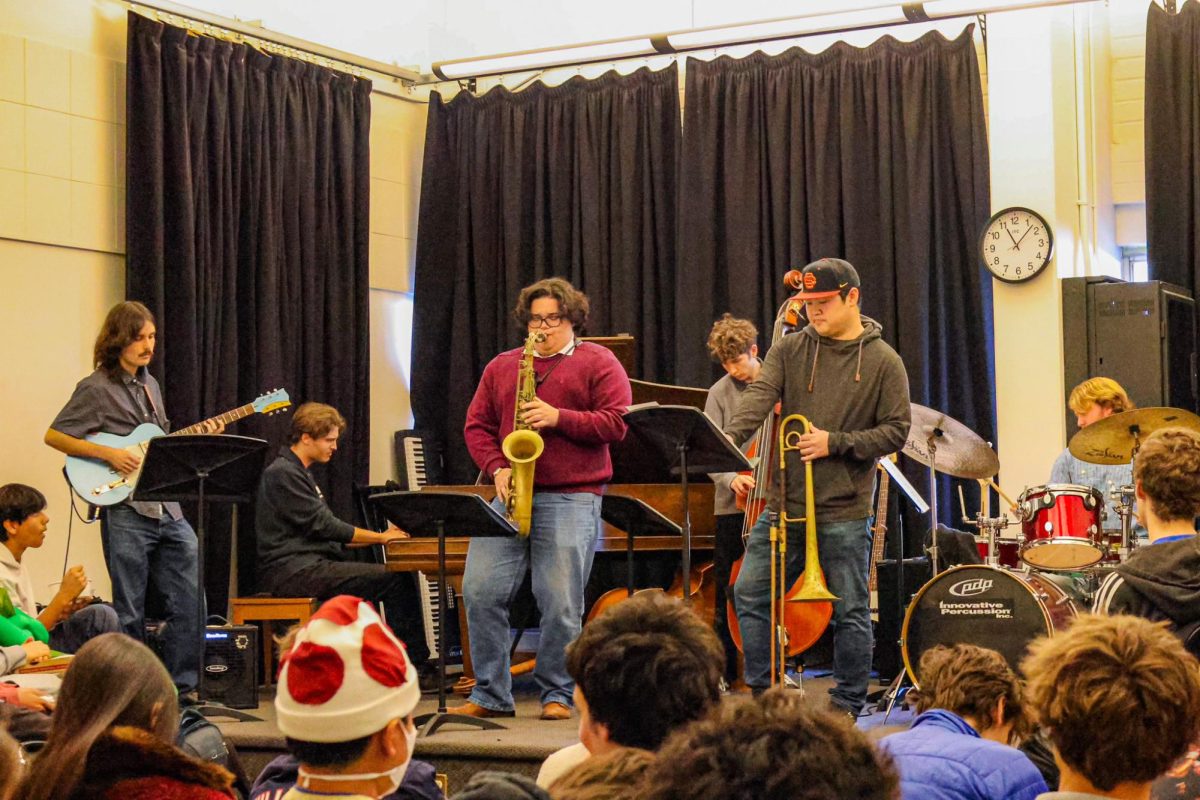By Nicki Resnikoff
Cell phones will not be banned on campus this year as had been planned; however, the rule that cell phones may not be used for texting or talking in school buildings, including halls and the cafeteria, will be enforced more strictly.
The policy banning all use of cellular phones, approved by FAC in April 2009, will not go into effect.
“The policy will remain the same as written in the student parent handbook, but there will be more policing and more awareness,” Head of School Jeanne Huybrechts said.
The Courtesy section of the Student/Parent Handbook dictates that “cellular phones and pagers are not to be used in any building. Phones that ring in classrooms will be confiscated.”
At the April FAC meeting, the general consensus was that the use of cell phones on campus was a big problem that was getting worse. According to the minutes of the meeting, the main concerns were that students would be able to text each other to cheat on tests, that students can be clumsy while texting as they walk, a lack of face-to-face contact, and students texting during class.
“Teachers were feeling the policy was not being enforced or complied with,” Huybrechts said.
The committee recommended, with 10 out of 16 members in favor, that cell phones be banned from 8 a.m. to 2:35 p.m. each day.
Huybrechts addressed FAC at the May meeting to discuss why she disagreed with the recommendation from the April meeting, according to the minutes.
“I went to see if there were other options,” she said. “I understand that kids sometimes need to communicate.”
According to the minutes from the May meeting, FAC ended up discussing enforcing whichever policy, and trying to find alternatives to banning cell phones entirely.
One concern was the role of cell phones in safety and the danger of overnight confiscation.
“We could do a better job of enforcing the existing rule, and the problems might go away,” Huybrechts said.
According to the minutes, Huybrechts and FAC discussed “ways to communicate the rule, the need for serious deterrents, and incentives for teachers to enforce the policy more consistently.”































